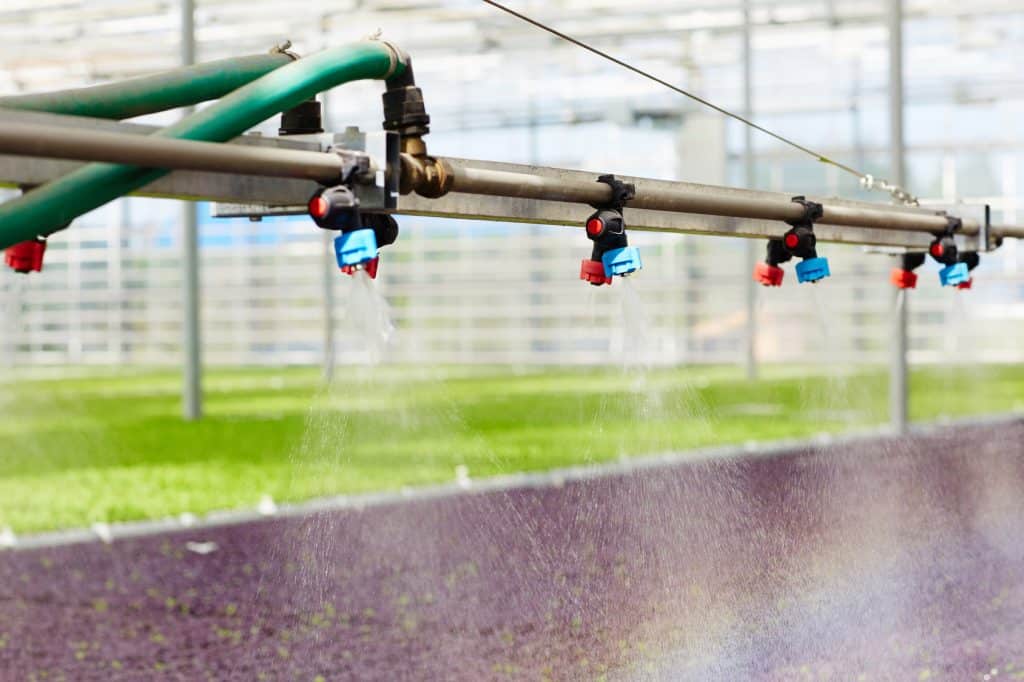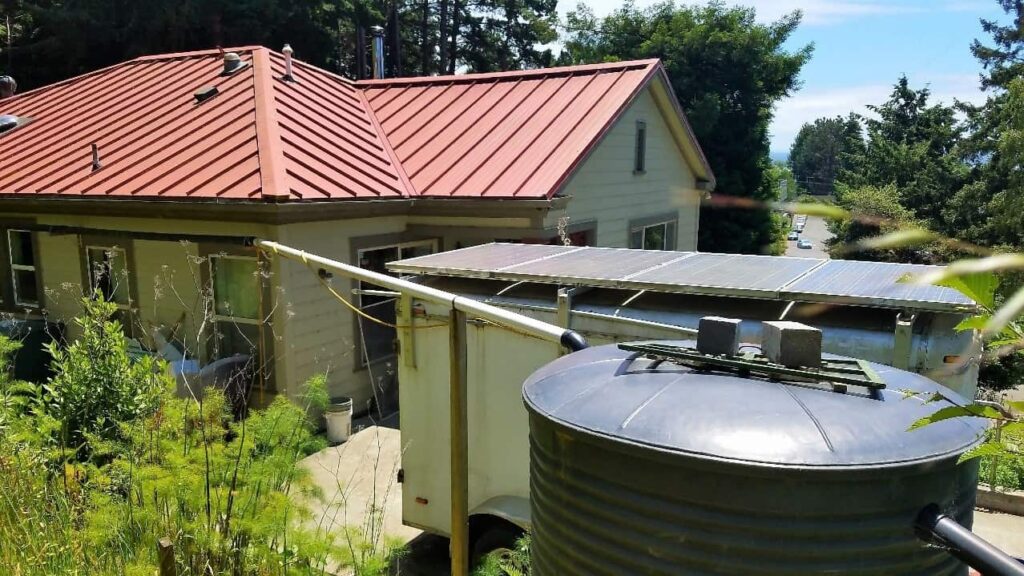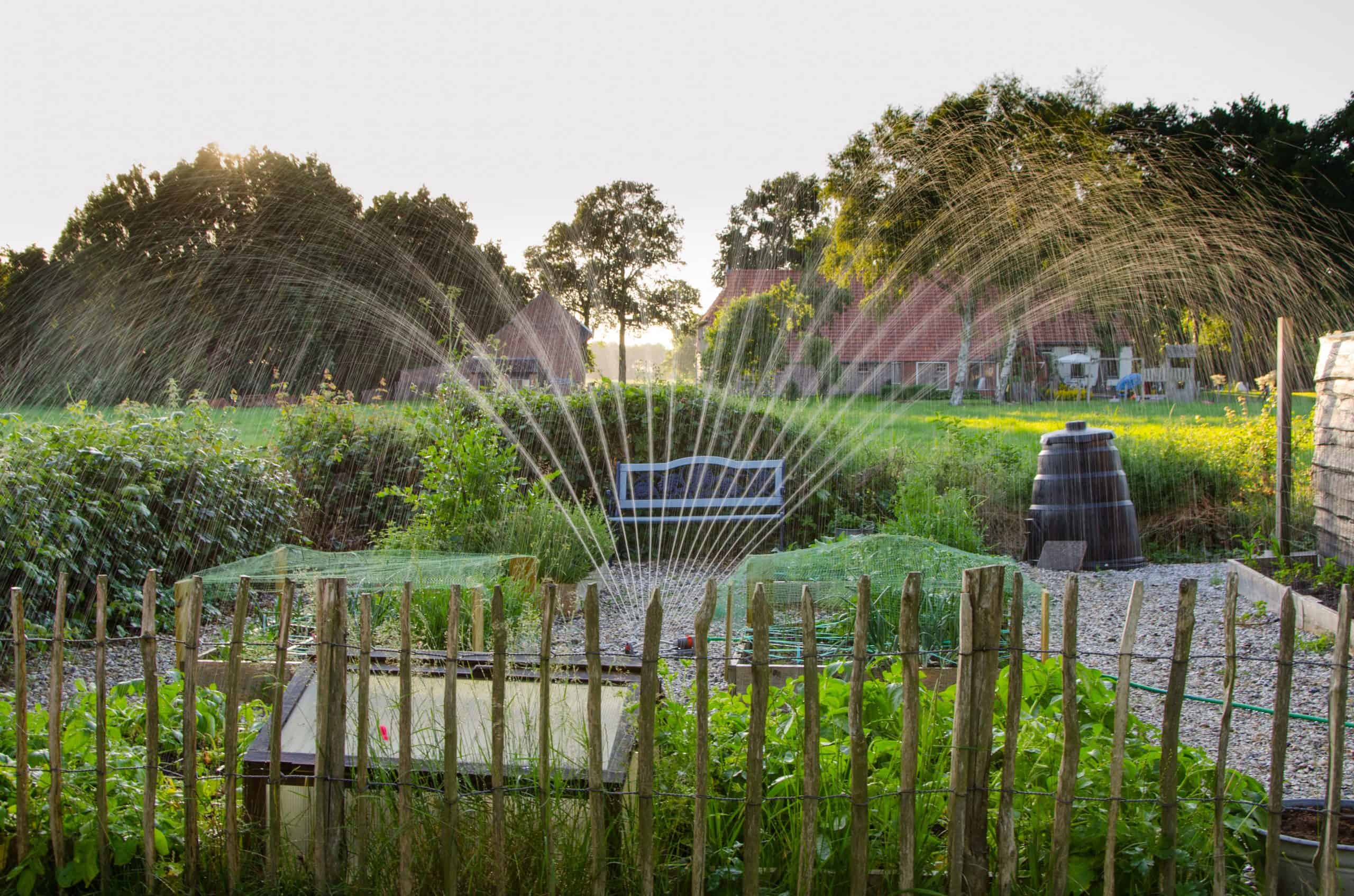Reduce Irrigation Water Usage – An irrigation system has the potential to bleed water if not carefully managed.
Why is this a problem?
Water is becoming more and more expensive as many areas become increasingly aware of its scarcity.
This is one of the best incentives for any property manager to optimize their irrigation system for lower water usage.
In addition, the environmental benefits of conscientious water usage are being more closely studied.
As a conscientious property owner, you want to put yourself ahead of the curve when it comes to environment-friendly water usage and money-saving irrigation tactics.
Reduce Irrigation Water Usage
Here are a few of the ways you can reduce water used for irrigation on your property.
Sprinkler Controllers
The age of the old mechanical timers is gone.
Today, we have smart controllers that come with many advantages, the biggest of which is saving your irrigation system precious water.
This means you’ll be doing the environment a favor.
In addition, your investment in a sprinkler controller will easily pay off in a year or two.
An advantage to these controllers is that you can adjust them to run on different days, omit others, and water at times conducive to the different plants you have on your property.
Depending on the type of plants and soil that you have, you can change the parameters of your sprinkler controller to get the most out of the least amount of water possible.
Just remember that you have to do the leg work.
Sprinkler controllers are a huge asset but only if you do the proper research into your property’s plants, soil types, amount of sun exposure, elevation.
You will need to know how all of this affects the amount of water you should be using and at what time of the day.
Plant Choice
Many facilities that prefer turf or high maintenance non-native plants are using an excess of water for irrigation that they really don’t need to be.
Many of the plant choices on your facility could be water sponges because they aren’t local to your region’s soil and climate.
By choosing to replace these planted areas with native plants, you could save yourself on the irrigation bill without doing anything to your sprinklers.
Property Management
Your own management is part of the deal when it comes to optimizing your property for water usage.
A sprinkler controller can only do you so much good if one of the heads is broken or not on the proper schedule.
Since you probably time the sprinklers to run after you go home, you may not know you’re losing water efficiency until your bill comes in.
This is why a savvy property manager will take a walk through the system once a week.
Turn it on and make sure everything is working properly and at the designated settings.

Sprinkler Placement
If you manage a facility, you want the plant life to look lively to reflect the management practices of your property.
If you see a dry, brown patch in the turf, your instinct will probably be to increase the time the sprinklers are on or the amount of water they put out.
This is needlessly wasteful since a dry patch is rarely a result of too little water but more likely due to an ineffective distribution of the sprinkler system itself.
If the sprinkler heads aren’t placed evenly, there will be gaps in the turf that aren’t getting irrigated.
Mapping out your planted area to make sure that the sprinkler system is distributed evenly will ensure that no dry patches crop up within the system.
Using equipment that evenly distributes water will help you make sure that no plants are being left out.
Monitor Pressure
You may initially think that higher water pressure will increase your sprinkler’s efficiency, but pressure needs to be optimized rather than maximized.
If the pressure is too high, the water drops become thinner and susceptible to being intercepted by the wind.
Depending on the wind in your area, this could mean a good amount of the water you’re paying for being flown off-site by gusts of wind.
Reduce the water pressure to a reasonable level.
This will make your water “heavier” and more likely to fall onto your property where it belongs.
Drip Irrigation
You may not be getting the most efficient water usage out of your old-fashioned sprinkler or surface irrigation system.
Consider switching your facility over to a drip irrigation system. Companies design them to be even more efficient and water conservative.
A drip irrigation system distributes water slowly.
It delivers it directly into the soil with the goal of getting as much water to the roots of your plants while minimizing the amount of evaporation inherent in conventional sprinkler systems.
A network of tubes and valves works to give your property the most efficient water usage possible by attempting to eliminate the wind drift we talked about, evaporation from sun exposure, and excessive runoff.
We use drip irrigation directly from our water harvesting system and water harvesting tank.

The Takeaway
Depending on the size of your property or facility, the irrigation system is probably a huge money sink for you.
When looking at your water bill, you may wonder if there’s anything you can do to optimize this system for efficient water usage.
The actions you can take come in two main categories: things you can do and things you can install.
In the first category, you will check the property every week to make sure the sprinklers are working.
You will use the best practices for pressure regulation. In time, you will shift over to native plants with less extravagant water requirements.
In the second category, a sprinkler controller that does the work for you can be a huge benefit to a conventional irrigation system.
A new drip irrigation system could be even more effective at conserving water than your own efforts have been.
Regardless, the outcome of employing these practices means you will conserve more water. This means more water for your local environment.
In addition, it means you will save money on your water utility bill each month.
- Water Pressure Regulator – Here’s What to Know
- Aeroponics vs Hydroponics – Which Is Best

